While baseball season may have begun a little early this year, with a couple of games in Japan to properly honor the legendary Ichiro Suzuki, it just didn’t feel right to get excited for the sport’s return until MLB The Show 19 was released. As is the case each year, there’s the opportunity to test out all of the different modes and see exactly what new and exciting features have been added to the game. But all of these innovative modes and features aside, the most important discussion with MLB The Show 19 will always revolve around just how much the core gameplay has been polished and refined since the previous year, and whether these alterations have made for a better game when all is said and done. So let’s have a look at what aspects of the game have seen big upgrades and which areas might still be lacking.
Hitting
Almost certainly the most maligned aspect of MLB The Show 18 was the game’s hitting engine, which performed a little better offline, but yielded too many random results in online games that failed to consistently reward good Plate Coverage Indicator placement. There was also the overwhelming number of home runs when you did manage to lock in on a pitch, which somehow managed to seem excessive even for a sport that has become more of a boom-or-bust proposition at the plate than ever.
This year’s experience in the batter’s box is certainly considerably less frustrating but does not come without its own quirks. Pitch speeds are up on most difficulty levels, so it’s a little more of a challenge to get around on a fastball. It definitely feels as if the exit velocities at the plate are generally more in line with user input. If you line up your PCI well with the ball, it will reliably jump off your bat with some pop. This is especially felt now with hitters possessing high contact attributes, as they are able to lace the ball through holes in the infield or rip line drives into the outfield at a much higher frequency than last year. Power hitters will still rip those homers, of course, but it’s also easier for them to hit balls into the gaps this year without outfielders tracking them down.
The addition of the “Squared Up” feedback is a nice way to reward people for putting the barrel on the ball perfectly, and to differentiate between the “Good” feedback that can still be sometimes be attained a little too easily on swings where the PCI is a little off. There also seem to be quite a few more bloopers that fall in for hits this year on bad swings. While these are realistic when they occur from time to time, the worry is that these could reward players a little too regularly for inferior play. It doesn’t help that you’ll often be rewarded for your “good” PCI placement with a frozen rope right at a fielder. Obviously, these will happen in real life but it’s important to strike a realistic balance that ultimately values better PCI placement in the long run.

Pitching
While hitting earned most of the community’s ire last year for its too-random results, the truth is that pitching has often had its own share of outcomes that seemed predicated less on user input than dice rolls. It was entirely too possible to hit your spots using meter pitching yet still find the ball ending up somewhere other than intended or, conversely, to miss your spot entirely and still have the pitch end up close to your target.
There have been some great strides this year in holding people more accountable for their mistakes and rewarding those who can execute on a consistent basis. It doesn’t feel like there are as many instances where you’re bailed out by a dice roll and manage to spot a pitch on the corner even when you missed badly on the meter. Now if you fail to deliver, be prepared to suffer the consequences of a meatball right down the middle or a pitch that misses the plate for a ball.
I still think that pitcher confidence appears to be a little too tied to hitting outcomes than perhaps it should be. I’m all for a pitcher being able to locate better once he gets his flow going, but I don’t believe that this should somehow make him more likely to induce a positive result, like a ball hit right at a fielder for instance.
Fielding
There’s probably no aspect of the game that feels as different this year as fielding, and it’s noticeable from the first time you try to run down a fly ball with a sub-par outfielder, and either have him not get to the ball at all or fail to trigger one of the trusty animations from last year that you mistakenly thought you could rely upon for success.
Players now seem to move a little slower in the field and some (especially the lesser fielders) can’t quite get to balls that they might have been able to in the past. This is especially apparent in the outfield, where those sinking line drives that used to hang up just long enough for your player to make a shoestring catch now seem to drop in a little more often. As stated earlier, the canned animations aren’t as forgiving anymore either, so you really have to take care not to overrun a fly ball now or risk having it get by you and roll all the way to the wall.
I really like the little line that appears on a stadium’s wall before a ball is about to strike against it, showing you the best path to take in order to play the carom. It’s a neat little way to translate a player’s abilities on the field into something tangible that will help the user know where to position him.
One of the biggest hurdles in making fielding a little bit more challenging at this point for returning players is that it’s an aspect that’s honestly probably been a little too simple in previous games, and it’s difficult to accept a level of realism that’s bound to include some errors. Fielders will now bobble balls more frequently, or are only able to knock the ball down before having to recover to throw out a runner. It’s another area that requires a delicate balance between representing the accurate (and sometimes quite awful) fielding abilities of the player involved and rewarding the user for being sound on the sticks.

Baserunning
As long as people have been playing online baseball, one of the biggest gripes has always been about baserunning “cheesers.” These sorry excuses for humans have used every possible exploit in order to take an extra base or two, most recently taking advantage of slow throwing animations and countering pitchouts on steal attempts by simply returning to first base without consequence.
But MLB The Show 19 has gone a long way towards finally shutting these “cheesers” down. One of my first experiences in coming up against someone who felt compelled to be aggressive on the basepaths led to me thwarting every attempt he made to get an extra base. He would take a big lead; I would throw over to keep him close. After I held the ball for a bit to keep him guessing, he then tried stealing with a speedy baserunner and I threw them out. He got another threat on base and I played it the same way, except this time called for a pitch out when I sensed what was coming. I clearly had the runner out by a mile at second base but he tried the usual head-back-to-first move, was delayed by a glorious new stumble animation and then got caught in a rundown. You’ll never guess what happened next? I was able to execute it with textbook precision and got him out. Then the same thing ended up happening again, with similar results. Rundowns used to be the stuff of nightmares in The Show due to slow animations, so I consider this anecdotal evidence to be signs of real progress.
Conclusions
We may still be in those initial days after the game’s release, a honeymoon period in which it’s often a little easier to be dazzled by a game’s virtues and blind to its shortcomings, but the makers of MLB The Show 19 appear to have at least listened to the biggest gameplay complaints of last year’s game and addressed them accordingly. Notably, the game’s hitting engine is functioning much better online and results at the plate and on the mound should allow for more of a skill gap now rather than being plagued by randomness. There’s clearly been a concerted effort to try to rid the game of any cheap exploits while also allowing for even more realism. At the risk of sounding hyperbolic, this has the potential to be the best iteration of The Show in years and, perhaps even, the best baseball video game ever made.


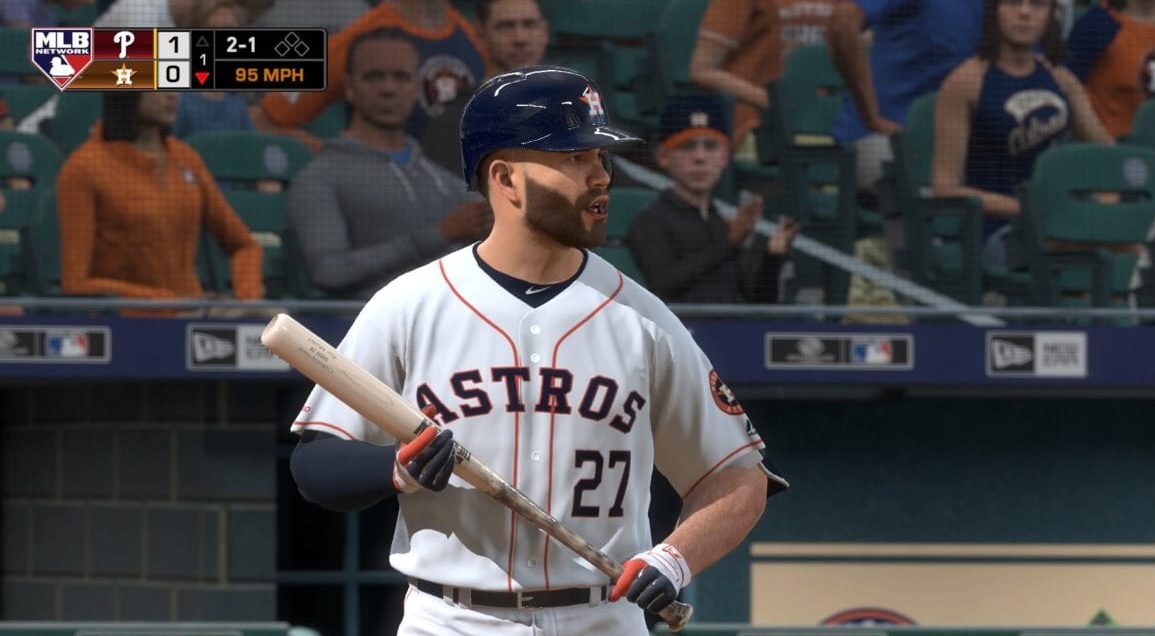
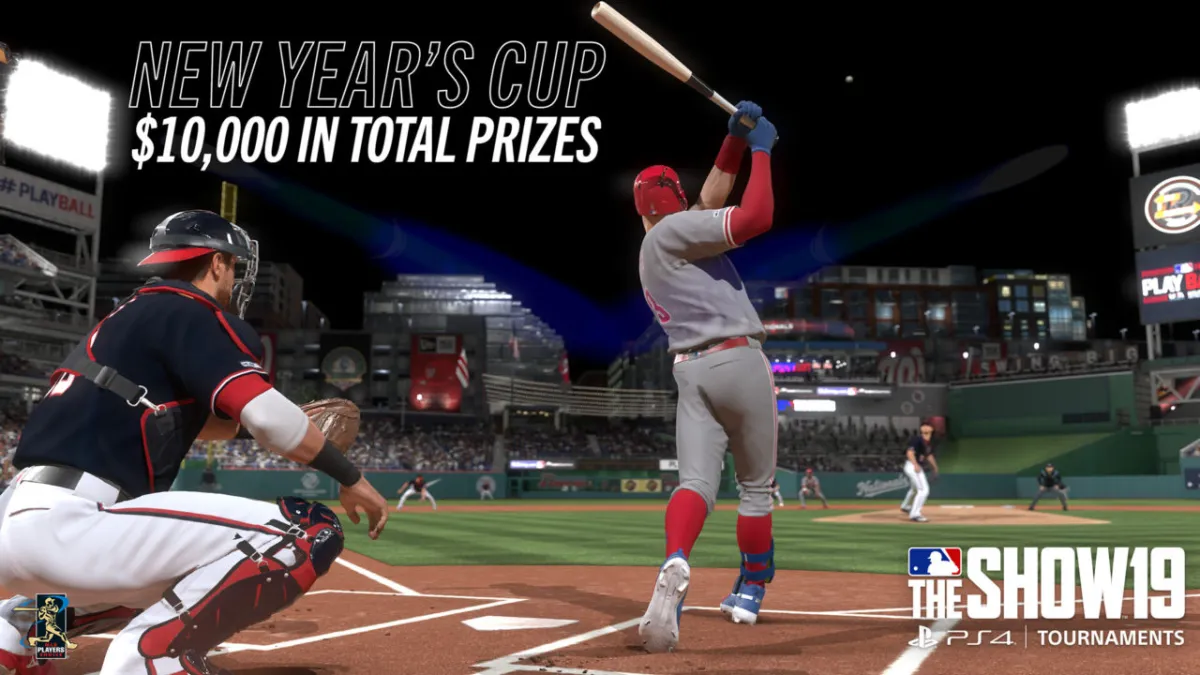
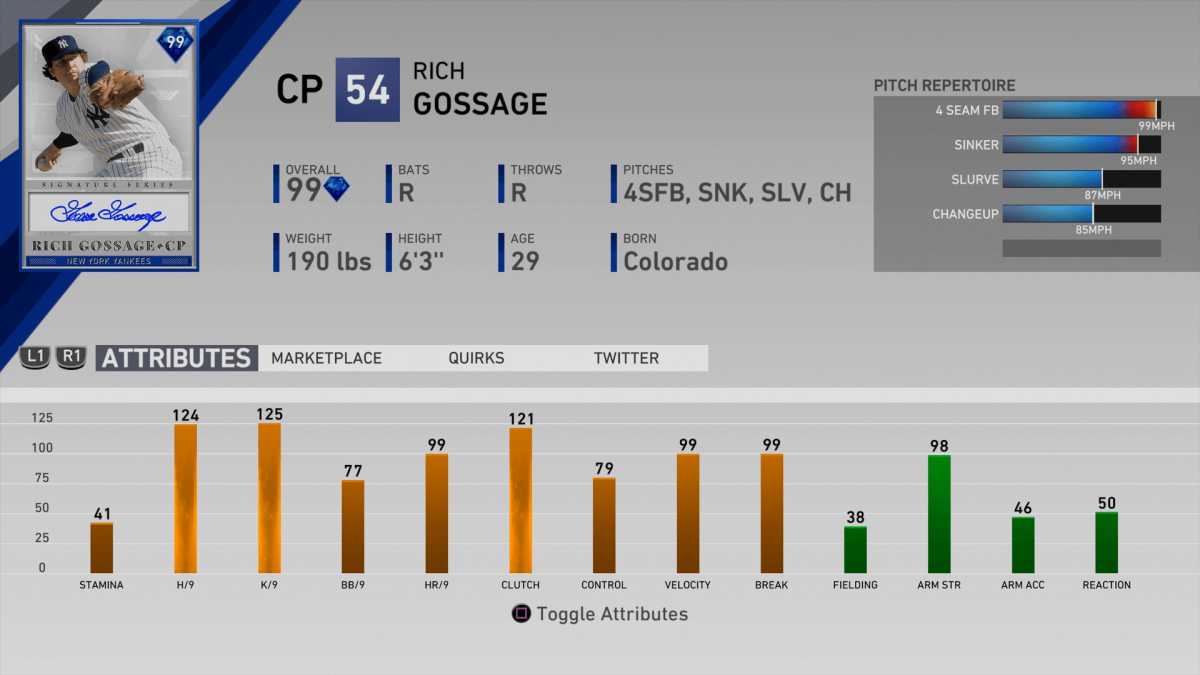
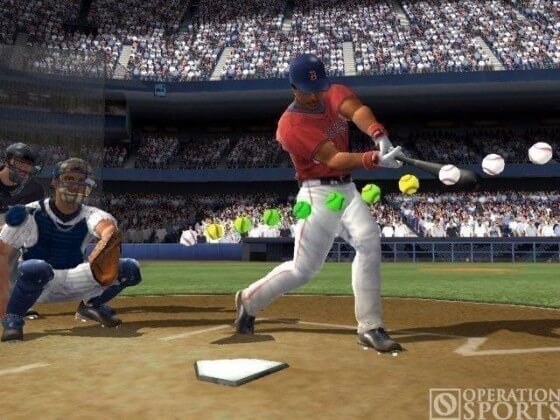
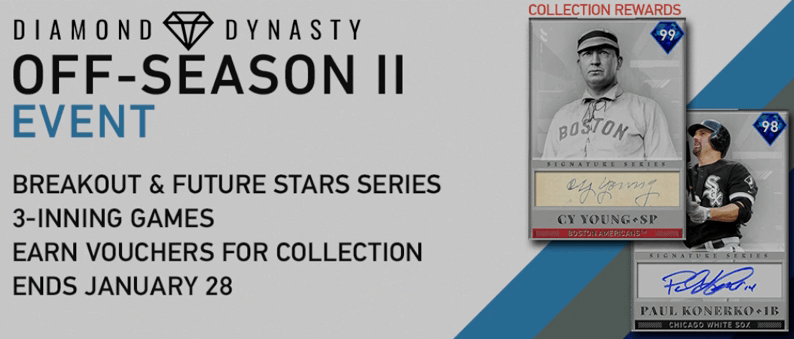
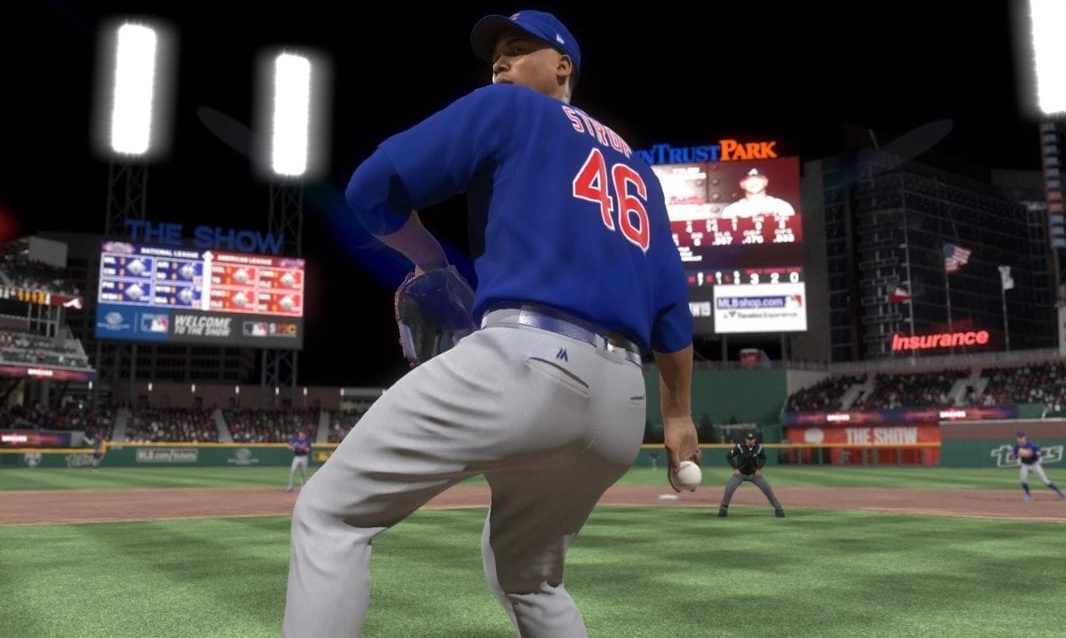
Published: Apr 3, 2019 10:03 pm